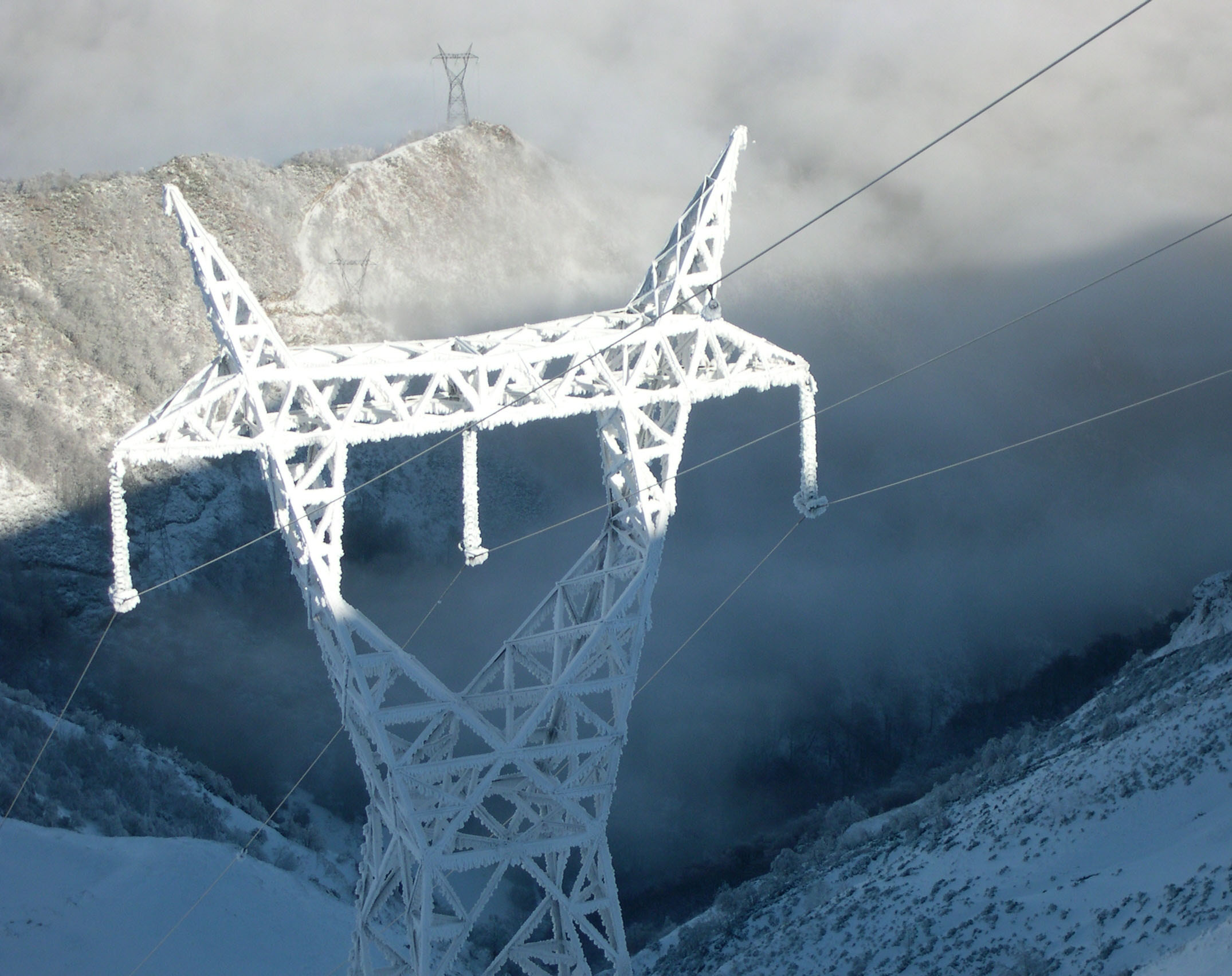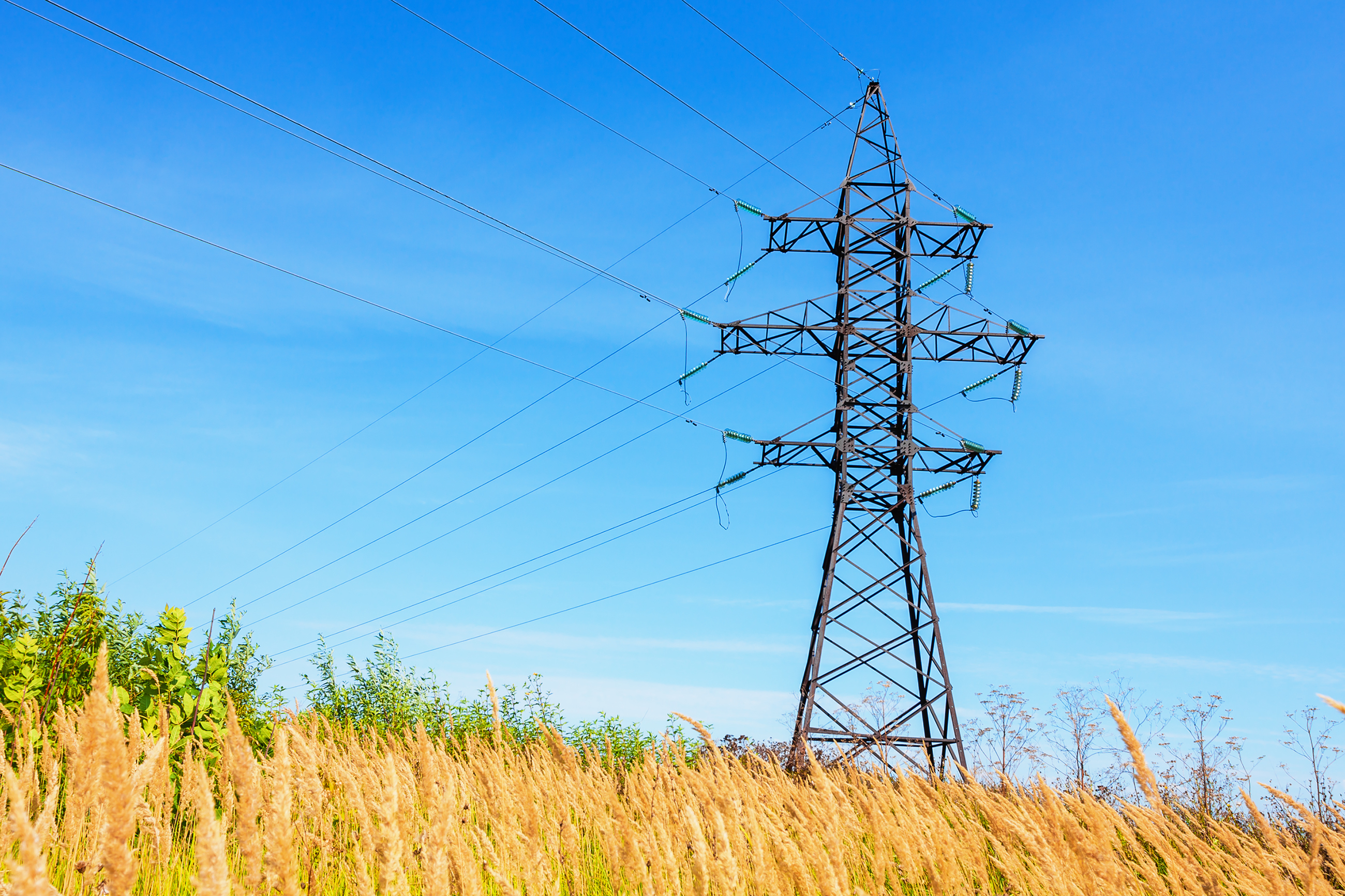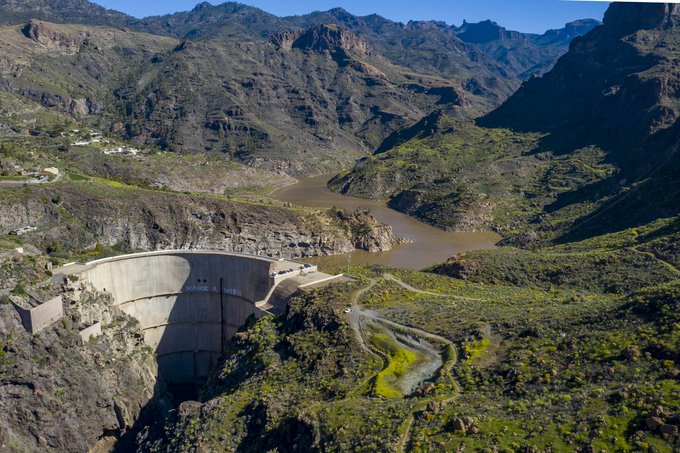For 40 years, we've been driving our country's economic and social progress. Four decades shaping Spain.
Demand for electricity in Spain rose 17.1% in April
- 46.2% of monthly generation came from renewable sources and 68.1% was produced from technolo-gies that do not emit CO2 emissions.
- Wind power, responsible for 20.8% of the electricity produced in April, increased its production by 12.3% compared to the same month in 2020.
- Electricity demand grew by 17.4% in the Balearic Islands and 13.9% in the Canary Islands compared to April 2020.
National electricity demand in April is estimated at 19,973 GWh, a value that is 17.1% higher than the figure recorded in the same month last year. After having factored in the influence of seasonal and working patterns, demand is 16.3% higher than in April last year.

Compared to a pre-pandemic period (April 2019) and after having factored in the influence of seasonal and working patterns, national electricity demand has fallen 3.7%.
In the first four months of 2021, demand is estimated at 85,760 GWh, a figure that is 3.6% more than in 2020. Once again, after having factored in the influence of seasonal and working patterns, demand is 2.8% higher than in the same period last year.
During the month of April, and according to data estimated at the time of this press release, generation coming from renewable energy sources represented 46.2% of the generation mix nationwide. During the month, 11.1% more green GWh were produced than in the same month in 2020.
With the information available at the time of this press release, wind energy generation in April reached 4,151 GWh, 12.3% higher than in the same month last year, and accounted for 20.8% of production nationwide, making it the second technology in the national generation mix, behind nuclear (21.1%) and followed by combined cycle (17.2%).
During this month, solar photovoltaic generated 1,634 GWh (8.2% of the total mix) and solar thermal 273 GWh (1.4%), values that are 42.3% and 31.9% higher, respectively, than in the same month of the previous year.
As a result, 68.1% of electricity production in April was obtained using technologies which produce zero CO2 eq. emissions (GHG emissions).

Demand for electrical energy in the peninsular electricity system grew 17.2%
Demand for electrical energy in the peninsular electricity system in this April is estimated at 18,940 GWh, a value that is 17.2% higher than that recorded in April 2020. After having factored in the influence of seasonal and working patterns, the demand for electricity is 16.3% up on that registered in the same month last year.
Compared to a pre-pandemic period (April 2019) and after having factored in the influence of seasonal and working patterns, electricity demand on the peninsula has fallen 3.1%.
From January to April 2021, electricity demand on the Spanish mainland is estimated at 81,523 GWh, a value that is 4% higher than in 2020. In this case, after having factored in the influence of seasonal and working patterns, demand is 3.2% higher than that recorded in the same period last year.
During April, and according to data estimated at the time of this press release, 47.9% of peninsular generation came from renewable energy sources and 70.8% was obtained using technologies which produce zero CO2 eq. emissions. For its part, wind energy stood at 4,096 GWh, 12.5% higher than in April last year, and became the second ranked technology by contributing 21.5% to the overall generation mix.
Demand for electricity in April increases 17.4% in the Balearic Islands and 13.9% in the Canary Islands
In the Balearic Islands, the demand for electricity in April is estimated at 377,746 MWh, a value that is 17.4% higher than that recorded in April 2020. After factoring in the influence of seasonal and working patterns, the figure is 13.6% up on that recorded in April 2020.
Compared to a pre-pandemic period (April 2019) and after having factored in the influence of seasonal and working patterns, electricity demand on the Balearic Islands has fallen 17.1%.
In the first four months of 2021, electricity demand in the Balearic Islands is estimated in gross terms at 1,620,160 MWh, 2.2% more than in the same period in 2020.
Combined cycle, with 79.7% of the total production in the Balearic Islands, was the leading source of electricity generation in April, a month in which renewable technologies and those which produce zero CO2 emissions accounted for 7.6% of the total generation mix in the archipelago.
Furthermore, during the month, energy transferred via the Spanish Peninsula-Balearic Islands submarine link contributed to covering 29.4% of the electricity demand in the Balearic Islands.
Regarding the Canary Islands, electricity demand is estimated at 624,641 MWh, 13.9% higher than that recorded in April last year. After factoring in the influence of seasonal and working patterns, the figure is 13.8% higher than that registered in the same month last year.
Compared to a pre-pandemic period (April 2019) and after having factored in the influence of seasonal and working patterns, the demand for electricity in the Canary Islands has fallen 10.9%.
In the first four months of 2021, electricity demand in the Canary Islands is estimated in gross terms at 2,486,262 MWh, 7.7% less than in the same period last year.
In April, combined cycle was also the leading technology in the Canary Islands’ generation mix with a contribution of 51.3%. Renewable technologies and those which produce zero CO2 eq. emissions represented 12.5% of the total generation on the Canary Islands.
Consult our Daily Balance Report for more information on the National, Peninsular, Balearic Islands and Canary Islands electricity systems as at the close of April.












